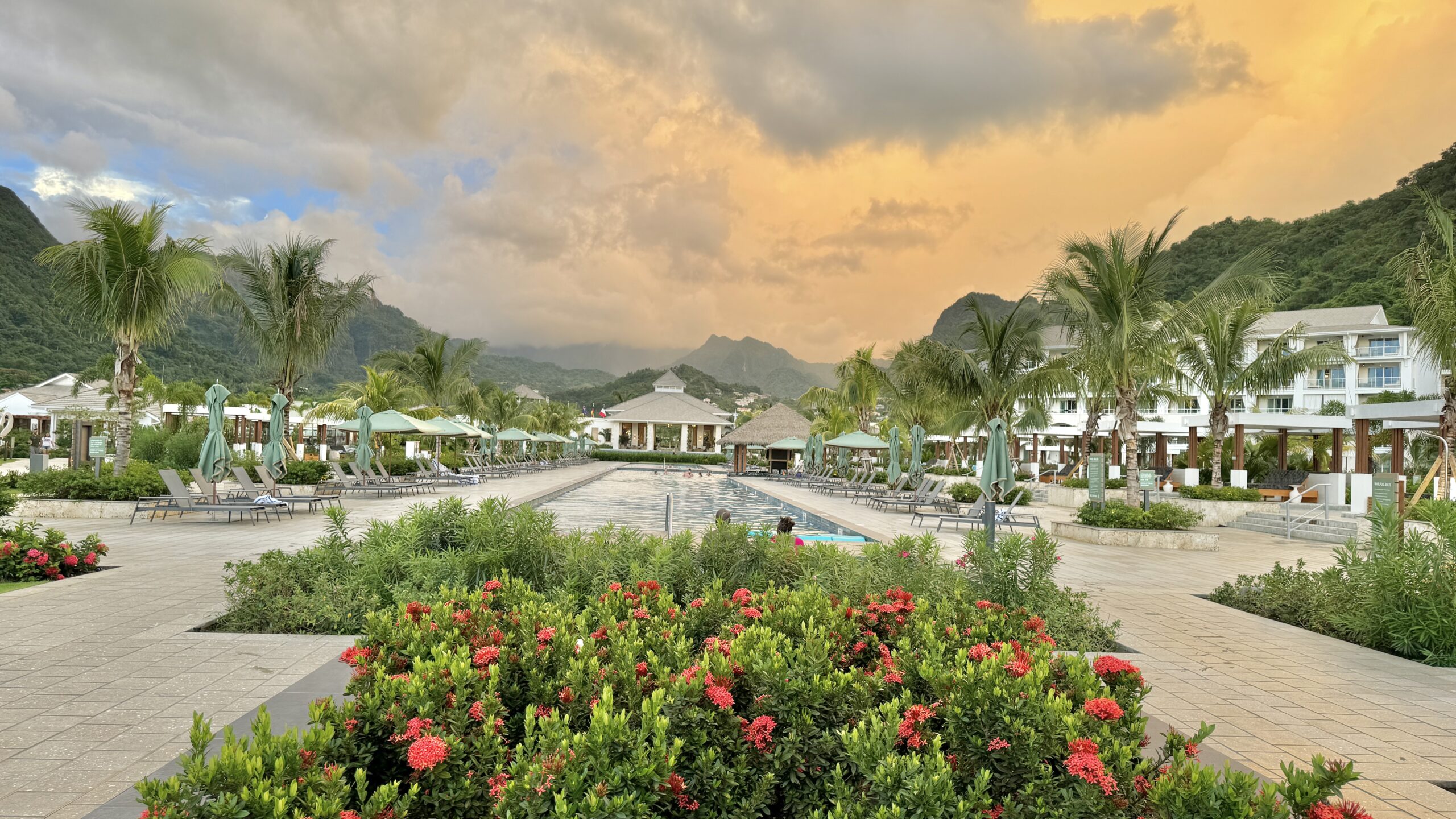
Can grass change lives? Vetiver is no ordinary grass! It has healing properties, both for humans and for the Earth. On the quaint island of St. Vincent & The Grenadines, vetiver aka lavender grass, razor grass, hurricane grass or Khus Khus, is integral part of the community. You may have seen roof thatching, floor mats, […]
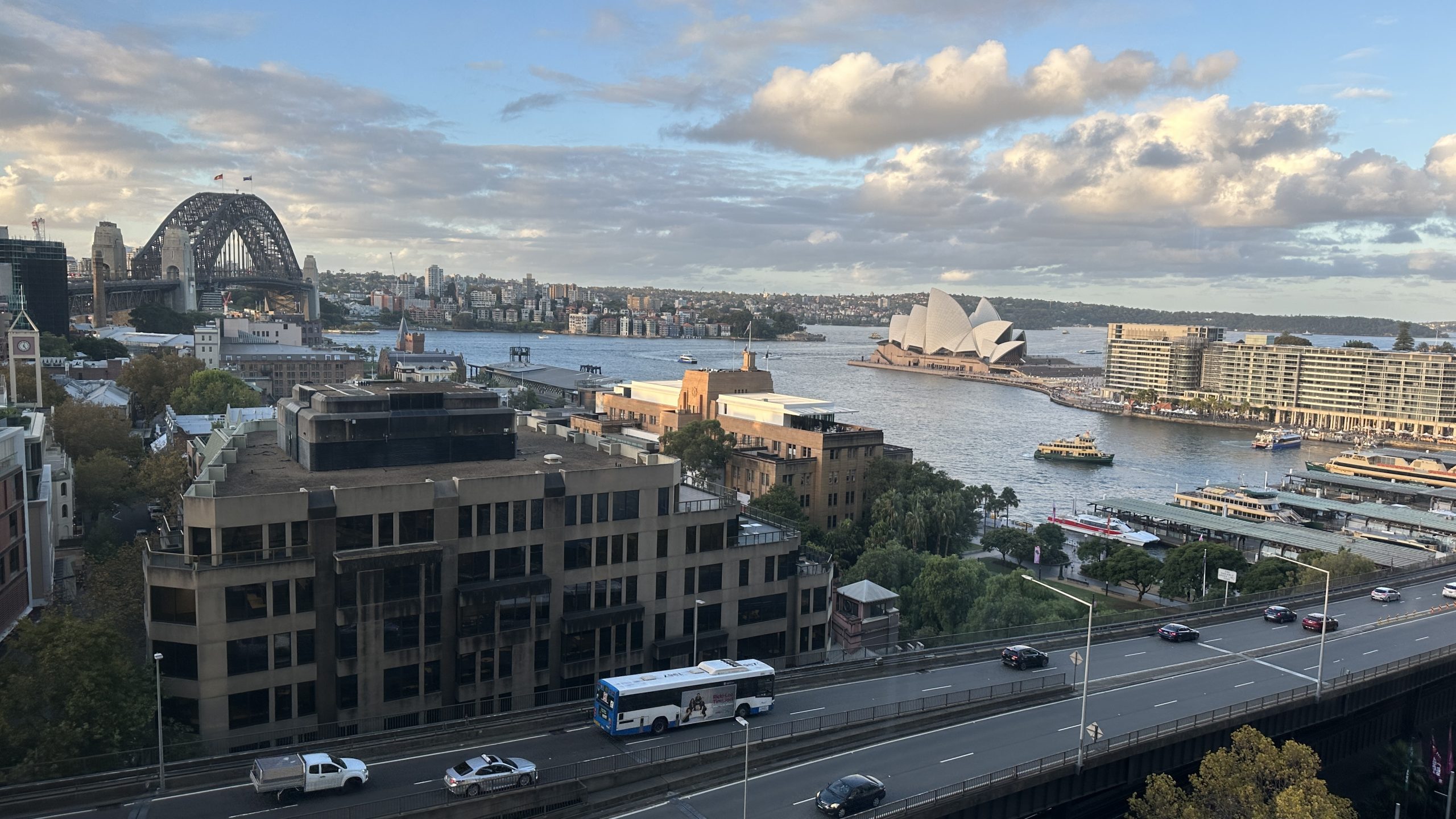
The Four Seasons group of hotels and resorts is one of my favorite brands in the world. From The Four Seasons Resort Mauritius at Anahita to Four Seasons Hotel Sydney, each property I stayed at was over the top luxury and service. But it wasn’t until my recent visit to the Four Seasons Toronto that […]
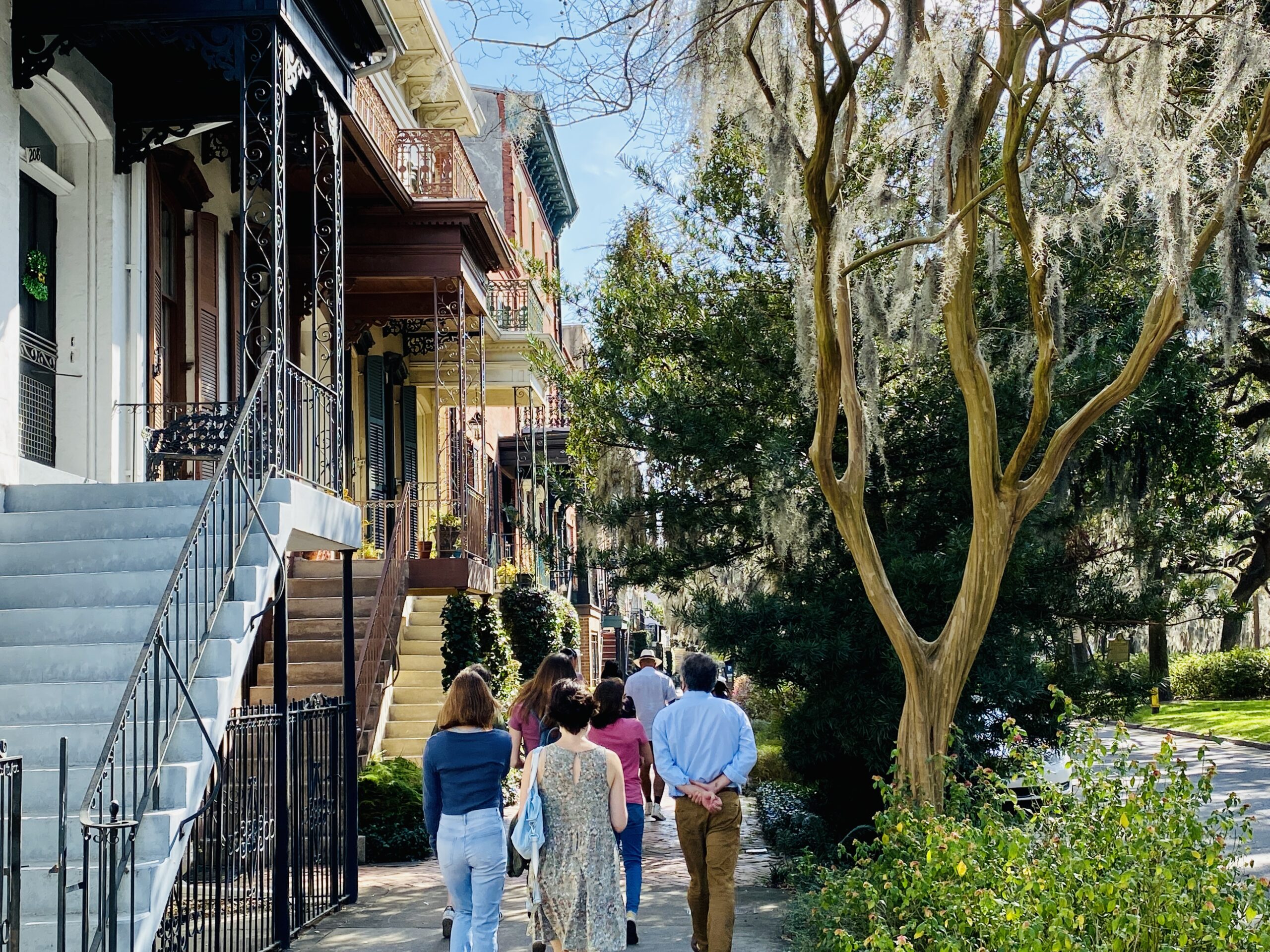
Savannah is a charming historic town on the coast of Georgia. Though it’s located only 4 hours drive from Atlanta, many big city dwellers have never been there. In the recent years, Savannah has attracted lots of students, retirees, investors and entrepreneurs. As a result, there are more restored buildings, trendy hotels, and chef driven […]
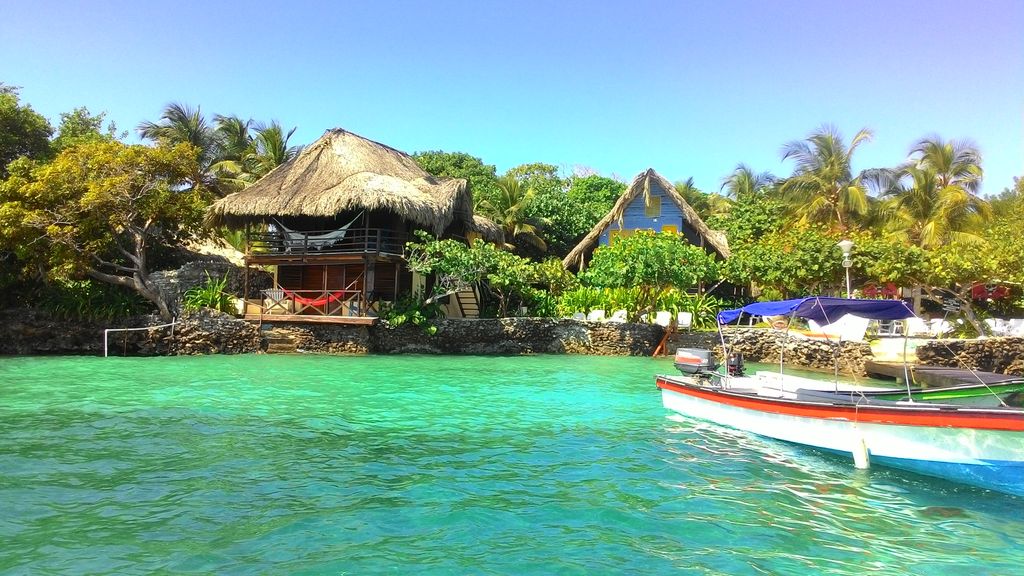
Has cabin fever got you down? Are you looking to book your next vacation for later this summer, during Thanksgiving, or pushing it out to 2021? If you are concerned about staying at a hotel and want to know what they are doing to ensure your safety, health and hygiene, this post should give you […]
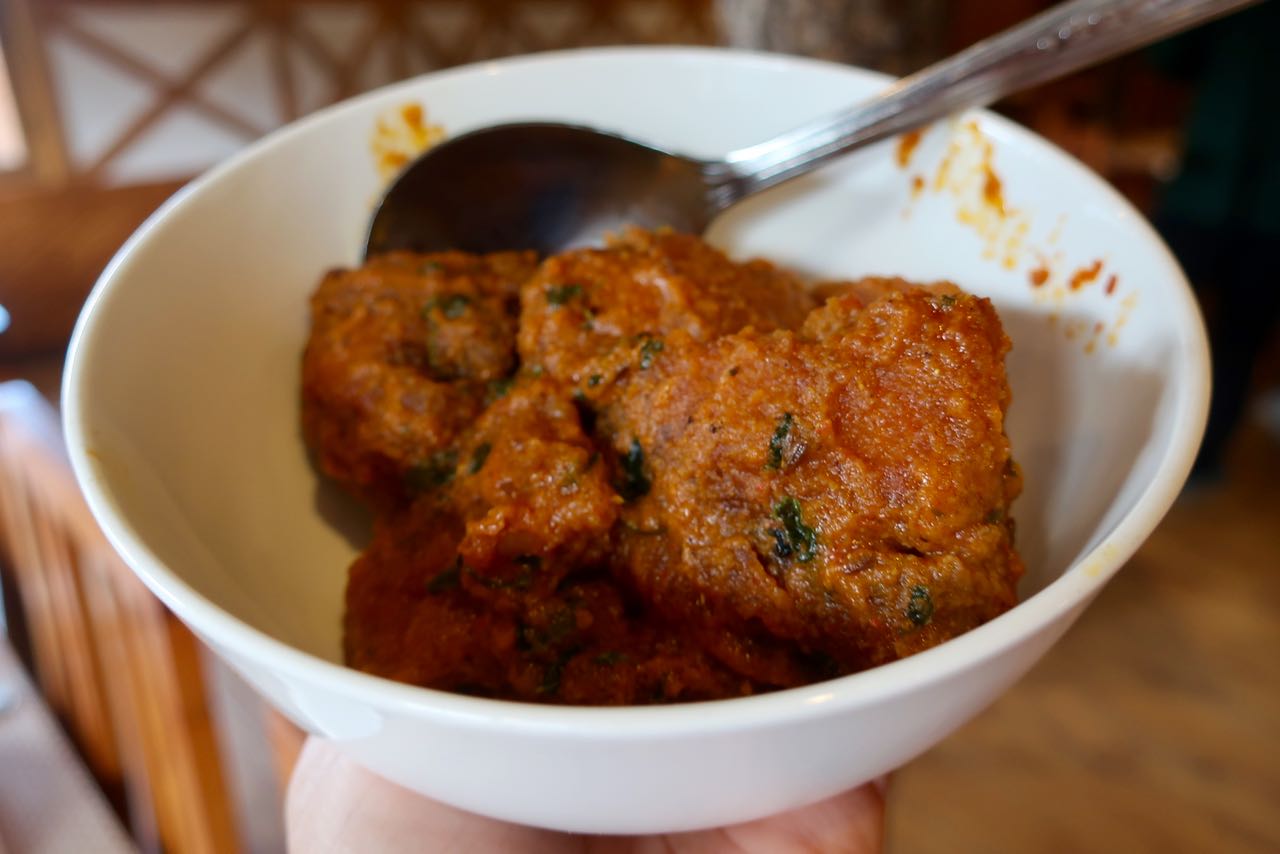
If you love grilled meats, fresh breads, fragrant rice dishes and curries rich with spices – you will love Kashmiri food. Kashmir is the northernmost state in India, bordering with Pakistan to its west and China to the east. The food is influenced by Persia, Middle East and the Indian subcontinent. However, it is unique […]
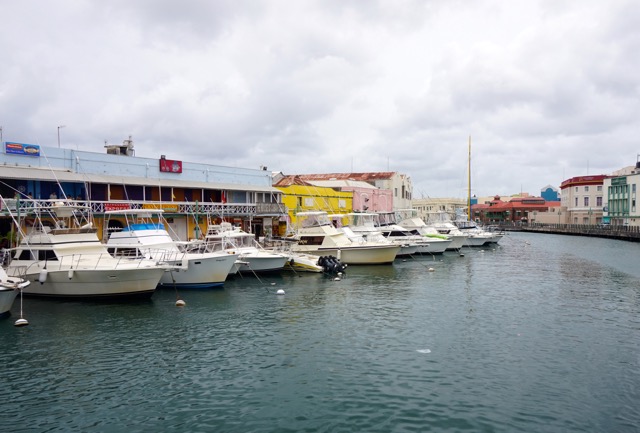
The term Bajan or Barbadian is referred to the people of the Caribbean island of Barbados. Bajan is also an English based creole language that is spoken on the island. It can be quite confusing to a native English speaker, as the locals have a very fast slang way of running the words together. During my […]

Executive Chef Fernando Franco’s name may not be as globally recognizable as that of restaurant tycoon Wolfgang Puck or television personalities Bobby Flay and Gordon Ramsey but, to individuals within dining distance of Hyatt Regency Trinidad, his star power shines just as bright. Anyone who has been been fortunate enough to taste his culinary creations –in […]

When considering lodging along the French Riviera one might think of high priced fancy hotels that only the rich and famous can afford. What if there were lodging facilities with more space than the average European hotel room: offering a nice bed, complimentary WiFi, free parking, and free breakfast in a more intimate yet traditional […]
I spent New Year’s Eve 2011 at the Leela Palace Kempinski hotel in Bangalore. It was a magnificent palace converted into a 5-star hotel, rated as one of the best in India. The architecture and gardens of the property are worth considering a tourist destination itself! Even their restaurant is rated the best in town. […]
India seems to have becomes a popular destination for many in recent years. In addition to the 5 million visitors each year, there are the corporate executives looking to expand business, spiritual seekers headed to an Ashram, novelists and films crews capturing local stories, nonprofits discovering opportunities to solve some deep rooted problems and cultural […]